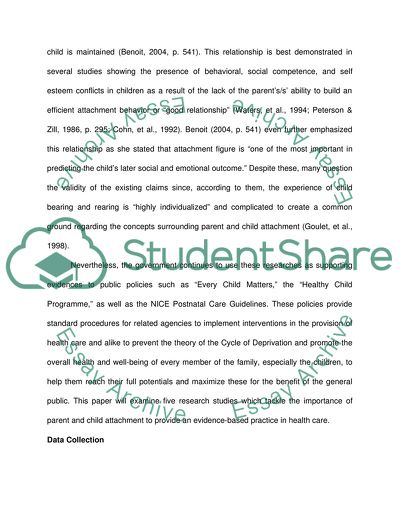Cite this document
(The Concept of Parent-Child Attachment Literature review - 1, n.d.)
The Concept of Parent-Child Attachment Literature review - 1. Retrieved from https://studentshare.org/social-science/1747789-evidence-based-analysis-of-an-area-of-professional-interest-and-implications-for-improving-practice
The Concept of Parent-Child Attachment Literature review - 1. Retrieved from https://studentshare.org/social-science/1747789-evidence-based-analysis-of-an-area-of-professional-interest-and-implications-for-improving-practice
(The Concept of Parent-Child Attachment Literature Review - 1)
The Concept of Parent-Child Attachment Literature Review - 1. https://studentshare.org/social-science/1747789-evidence-based-analysis-of-an-area-of-professional-interest-and-implications-for-improving-practice.
The Concept of Parent-Child Attachment Literature Review - 1. https://studentshare.org/social-science/1747789-evidence-based-analysis-of-an-area-of-professional-interest-and-implications-for-improving-practice.
“The Concept of Parent-Child Attachment Literature Review - 1”, n.d. https://studentshare.org/social-science/1747789-evidence-based-analysis-of-an-area-of-professional-interest-and-implications-for-improving-practice.


